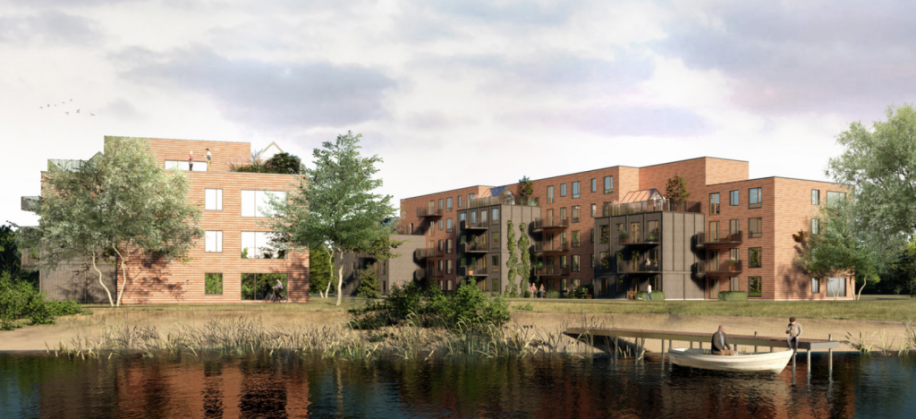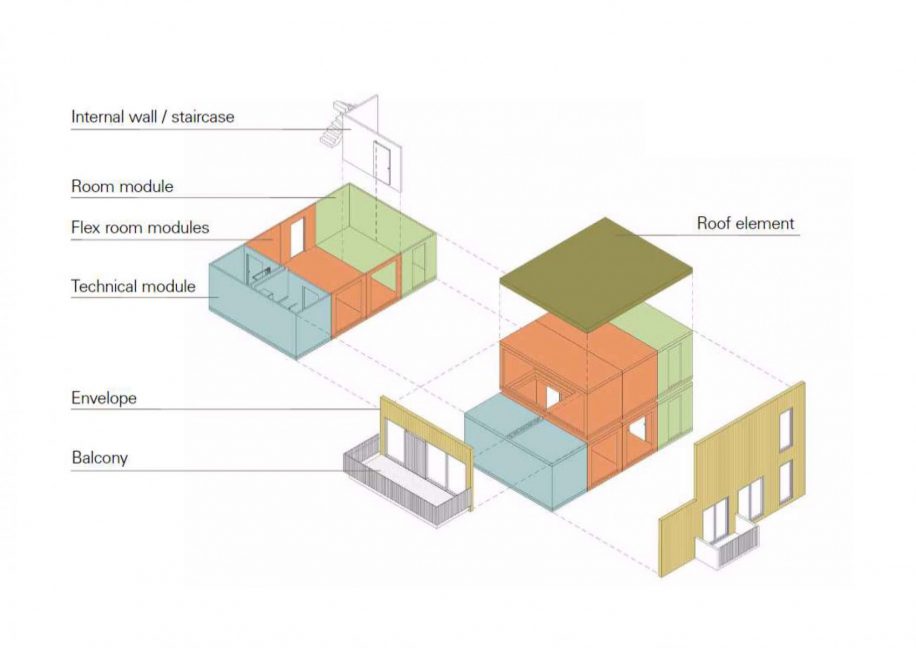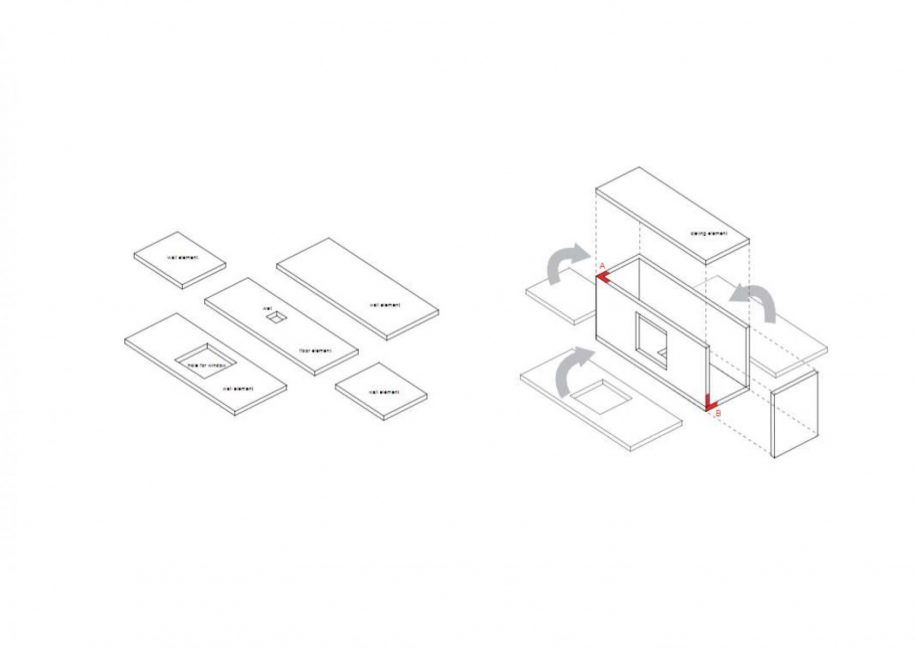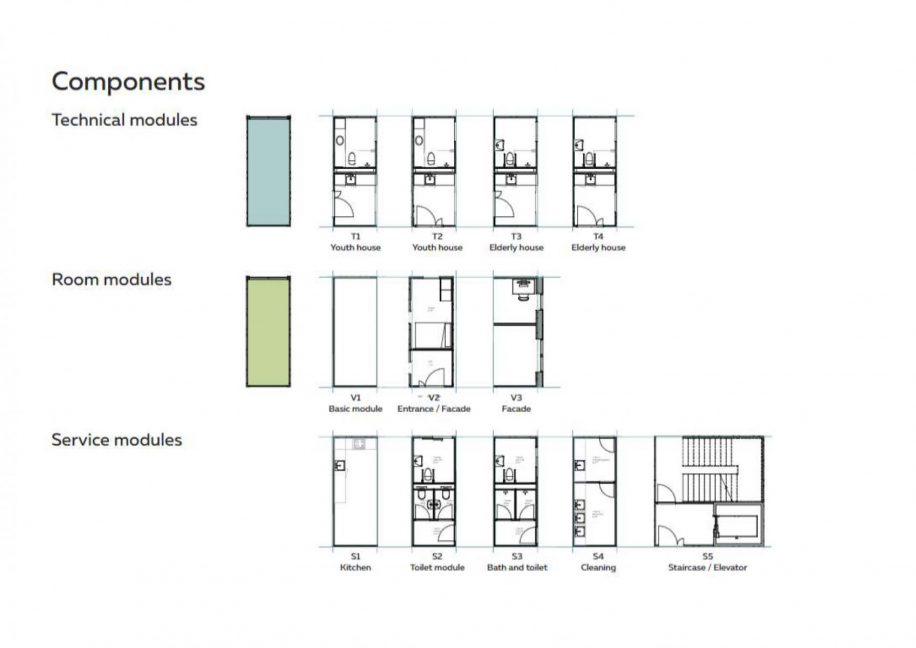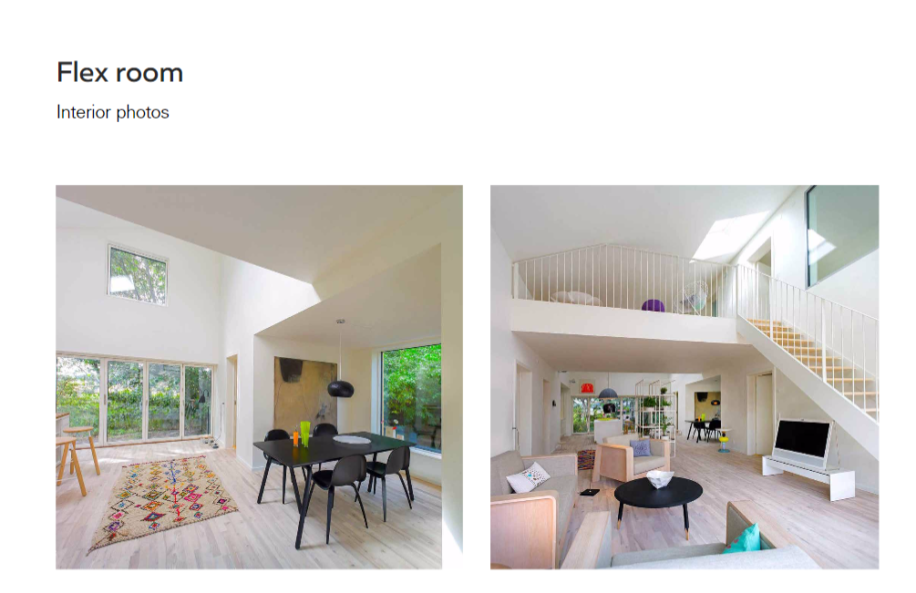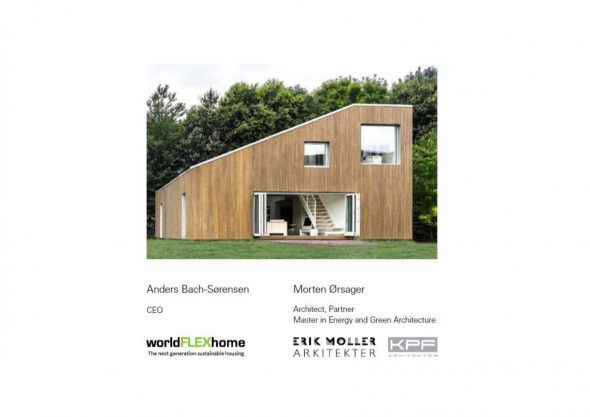WorldFLEXhome
WorldFLEXhome is the first modular building system that can be built in height – up to 10 stories and it can be transported according to all international standards regarding shipping and land transport of 20′ high cube shipping container standards.
The modules are pre fabricated with finished interior surfaces, bathrooms and kitchens of the highest quality. This also results in an optimized production and shortens the construction time by 1/3 compared to conventional construction. The WFH modules have a very special patented construction system in robust materials (steel and concrete) which can be separated easily. The materials have been chosen due to their durability, as sustainability is all about extending the lifespan of our constructions and thereby reducing our material consumption. The modules can be put together in a wide range of configurations and the technical module contains all technical elements, including wet rooms, which can be configured according to all regulations for public housing, elderly and care homes and youth housing.
The flexible modules make it possible to scale, move and reconfigure when users’ needs change over time. henrik•innovation has used life cycle calculations throughout the development process to significantly reduce the project’s climate footprint, both upfront emissions and the emissions that normally come from demolition and waste treatment of traditional construction, which is not designed for 1:1 recycling. The design meets the CO2 requirements of the Danish Building Regulations and the Danish CO2 Class, as the load-bearing structure is responsible for half of a building’s total CO2 footprint on average.
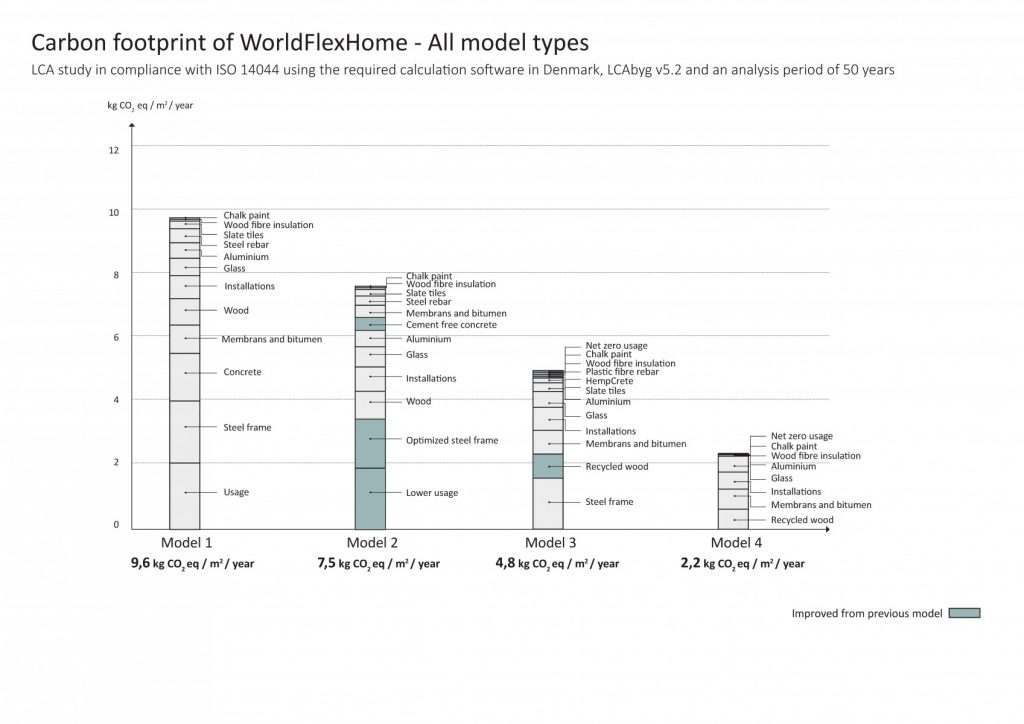
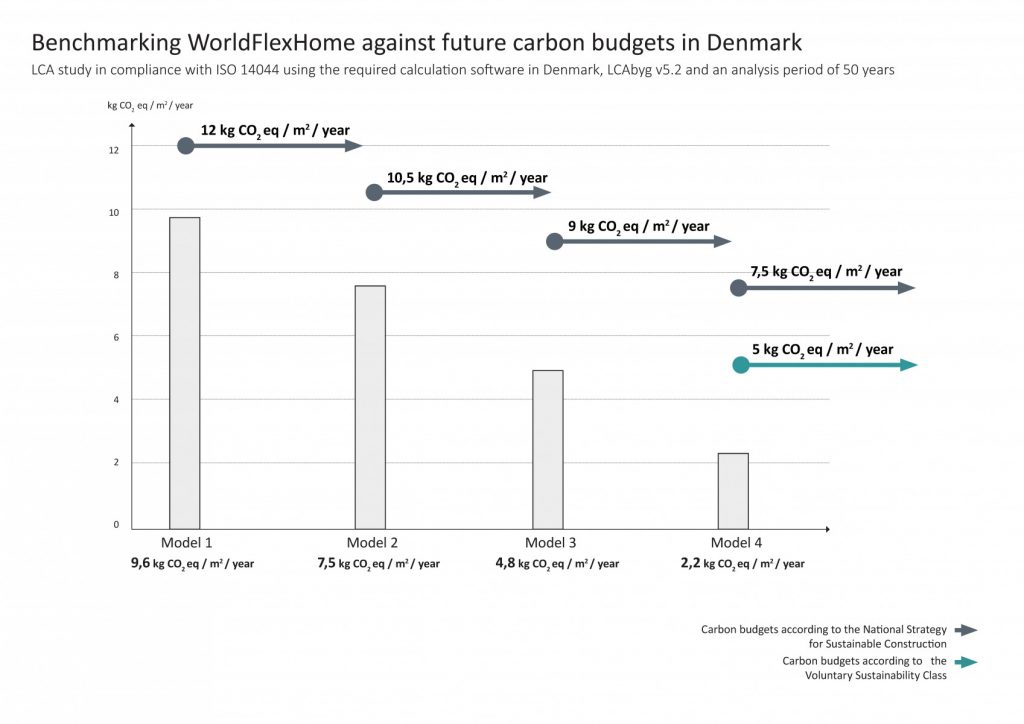
The first WFH building was built in Frederiksværk and later moved to Via University College Horsens, where the building forms part of Via’s education in sustainable building design, heat pump tests, etc. henrik•innovation v. Henrik Sørensen acts as technical director of WFH and is responsible for all technical matters regarding energy and indoor climate and has also contributed to the development of the new wall system, which is patented in China, India, the EU countries as well as the USA and a number of countries in Africa.
- Year2016-
- ClientWorldFLEXhome ApS
- ContractBygherrerådgivning
- PartnersErik Moller Architects, ArcgencY
- LocationDanmark, Kina m.fl.
- TasksEnergi, Bæredygtighed, livscyklusvurderinger og Indeklima, produktudvikling, forretningsudvikling m.m.
- -
- Categories

